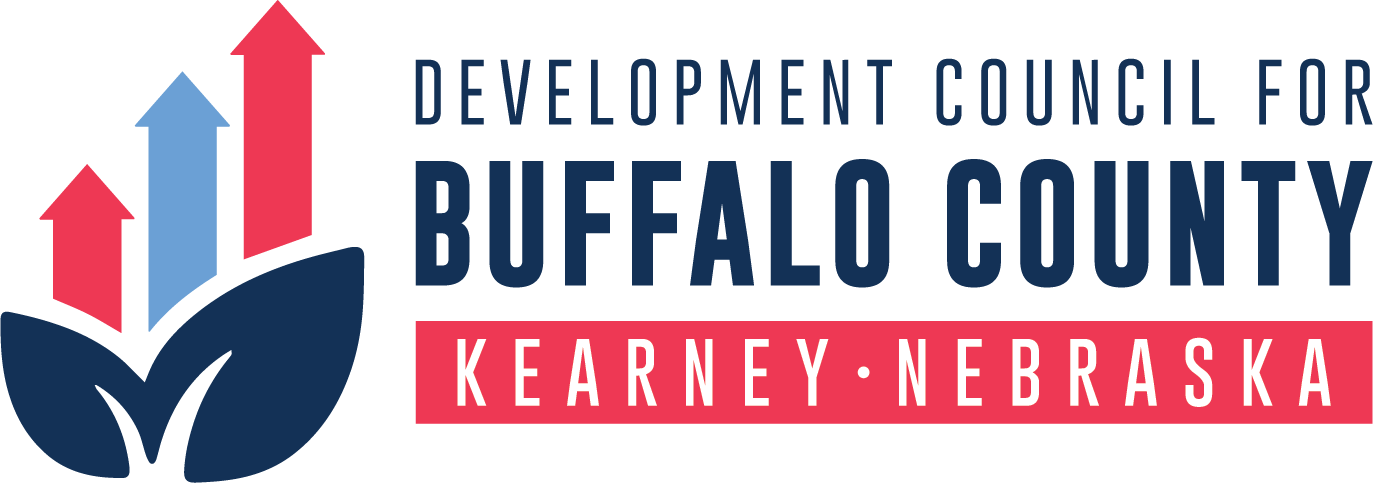Welcome back to our monthly Economic Pulse report, where we break down the latest trends shaping the economic landscape of Kearney and Buffalo County. This interactive snapshot is designed to empower businesses, policymakers, and residents with the insights they need to make informed, data-driven decisions.
Housing: Pressure Point
Buffalo County’s housing market is facing real challenges, and we are running out of time to pretend everything is fine.
We hoped 2024 was the low point. But 2025 said, “Not yet.” Only 24 homes sold in July—a 43% drop from last year. Year-to-date sales are down 24%. Inventory is tight, affordability is slipping, and new construction is slow.
We’re especially short on homes in the $325K– $400K range—the sweet spot for working families and professionals. That gap threatens workforce retention, family stability, and economic growth.
This isn’t just a dip—it’s a deeper issue.
We need to act with informed urgency. Yes, we need to study the problem, but we must also move forward using the insights we already have. Recent zoning reforms were a good start (credit to the City of Kearney), but we must also examine building codes, engage with builders, and leverage existing incentives.
Buffalo County’s future depends on housing that works—for families, workers, and employers. We need bold leadership that serves the entire community – not just those with the loudest voice.
Development: Momentum with Limits
Construction activity is gaining steam, but it’s not yet solving the housing crisis.
July permits totaled 17 (10 residential, 7 commercial/remodel), up from 12 last year. Year-to-date permits reached 90, up from 78, with a mix of 50 residential and 40 commercial/remodel projects.
So why the disconnect?
- The type of housing being built may not match what’s most needed—especially in the $325K– $400K range.
- Nearly half of the activity is commercial, which boosts the economy but doesn’t address housing shortages.
- There’s a lag between policy changes and market impact.
In short: development is moving, but not fast or targeted enough to relieve current housing pressures.
Commerce: Retail Resilience
Retail activity remains strong. Retail sales in May totaled $93.3 million, up from $88.7 million last year. Vehicle sales dipped slightly to $15.6 million, down from $15.8 million, hinting at a cooling in discretionary spending.
Lodging: Mixed Signals
Lodging taxes for June came in at $184,969, a slight decline from $198,459 last year. However, year-to-date revenue is up— $926,339 compared to $887,568—an encouraging sign for tourism and hospitality.
Travel: Taking Off
July enplanements more than doubled, rising from 1,095 to 2,209 compared to last year.
Year-to-date enplanements now total 13,552, up from 7,119—a clear sign of growing regional demand and connectivity.
Discussions are underway about a future Chicago flight, but know that launching the service would likely require a significant financial commitment to support a minimum revenue guarantee—a common tool used to reduce risk for airlines entering smaller markets.
.png)
